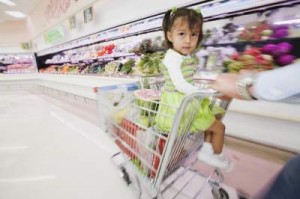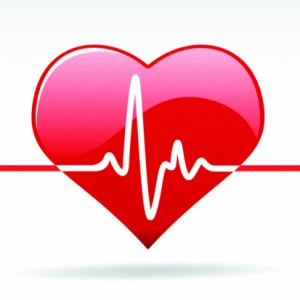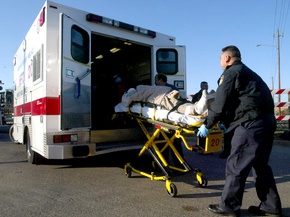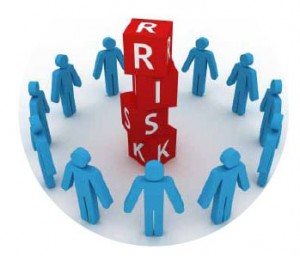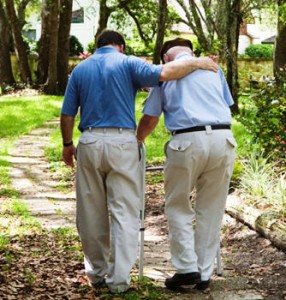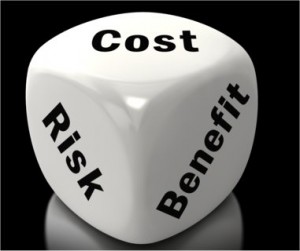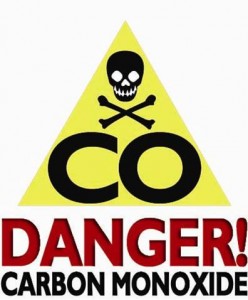 Hundreds of Americans die every year from carbon monoxide (CO) poisoning.
Hundreds of Americans die every year from carbon monoxide (CO) poisoning.- Carbon monoxide in the home can come from many sources.
- If you experience CO poisoning symptoms, get fresh air immediately and go to an emergency room.
- Prevention is the key to protecting you and your family.
- Make sure your CO alarm meets the requirements of Underwriters Laboratories (UL) or International Approval Service (IAS).
What Is Carbon Monoxide?
You cannot see or smell carbon monoxide (CO), but at high levels it can kill a person in minutes. It is the leading cause of poisoning death, with over 500 victims in the United States each year.
Carbon monoxide is produced whenever a fuel such as gas, oil, kerosene, wood or charcoal is burned. The amount of CO produced depends mainly on the quality or efficiency of combustion. A properly functioning burner, whether natural gas or liquefied petroleum gas (LPG), has efficient combustion and produces little CO. However, an out-of-adjustment burner can produce life-threatening amounts of CO without any visible warning signs.
When appliances that burn fuel are maintained and used properly, the amount of CO produced usually is not hazardous. But if appliances are not working properly or are used incorrectly, dangerous levels of CO can collect in an enclosed space. Hundreds of Americans die accidentally every year from CO poisoning caused by malfunctioning or improperly used fuel-burning appliances. Many more people are harmed to some degree each year.
via Preventing Carbon Monoxide Problems.
 Employee wellness programs have often been viewed as a nice extra, not a strategic imperative. But the data demonstrate otherwise, according to Berry, of Texas A&M University; Mirabito, of Baylor University; and Baun, of the University of Texas MD Anderson Cancer Center. Their research shows that the ROI on comprehensive, well-run employee wellness programs is impressive, sometimes as high as six to one.
Employee wellness programs have often been viewed as a nice extra, not a strategic imperative. But the data demonstrate otherwise, according to Berry, of Texas A&M University; Mirabito, of Baylor University; and Baun, of the University of Texas MD Anderson Cancer Center. Their research shows that the ROI on comprehensive, well-run employee wellness programs is impressive, sometimes as high as six to one.
